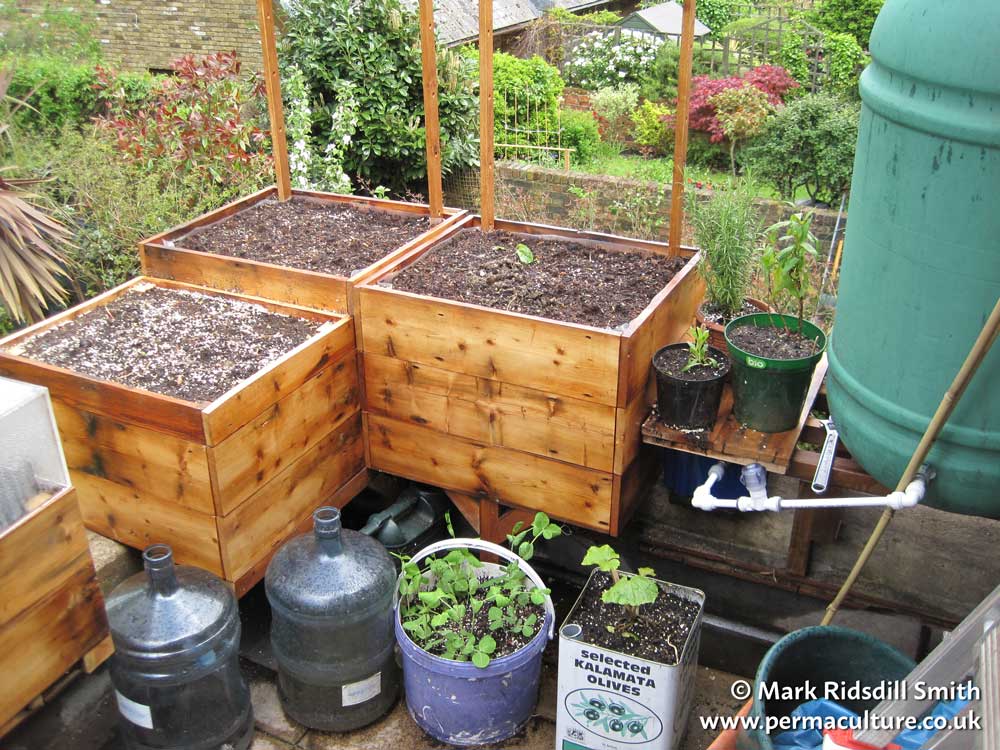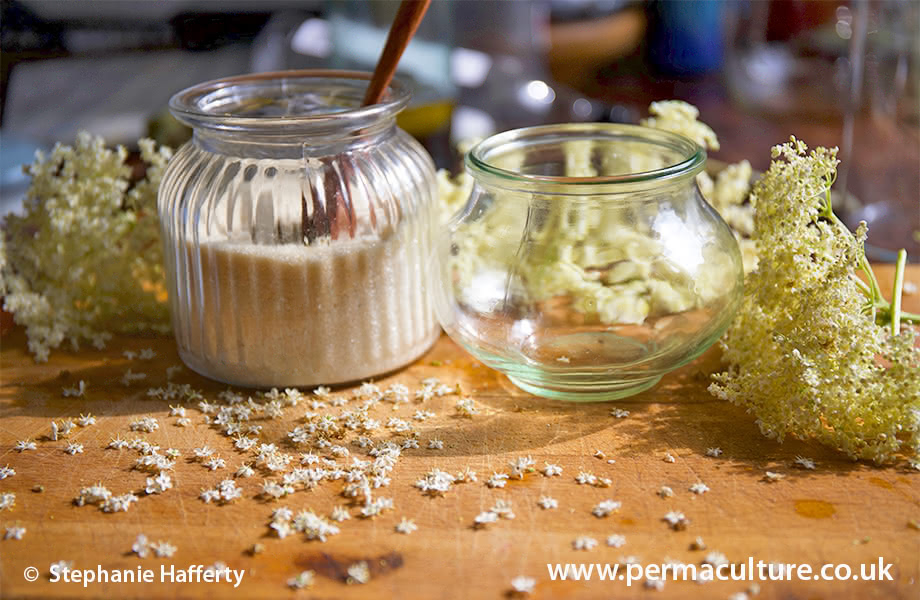For most people, taking the permaculture design course is a major life event. It opens the door on a new way of looking at the world, a new way of being in the world. It affects you on so many levels that, however well you took notes, inevitably some of what you learnt passes you by. That’s why Aranya wrote this book: so that people could go away from the design courses he teaches and have a reference to the design methods he’d taught them. In effect it’s a toolbox of permaculture design methods.
Some people keep their tools in a higgldy-piggledy pile, chipped, blunt and uncared for. Others keep them in perfect order in a neat box, each one in its place, oiled, sharpened and ready to go. Aranya is one of the latter and this book reflects the keen clarity of his mind. Open its pages and you can put your finger right on the design tool you need, from triangulation to the enticingly-named desire lines. It’s all there, described and illustrated, clearly and comprehensively.
But the tool metaphor can be taken too far. Permaculture design is not a random collection of good ideas, it’s a process. It starts with the receptive stage of observing and listening, goes through the creative stage of making design decisions and leads on to implementation on the ground and to reflection on whether the odd tweak here or there might not be appropriate. Aranya takes you through the process with the same chisel-sharp clarity as he describes the individual design tools.
Nor is the design process the whole story by any means. No book is a substitute for taking the course itself. When I wrote The Earth Care Manual it was with a similar motivation to Aranya’s: to provide people with all the information we don’t have time to give in the brief span of a 72 hour course. But neither design tools nor information have the same value as the experience of the course, which centres on actually doing permaculture design with a group of like-minded people under the guidance of your tutor.
So this book provides two useful functions. It’s a useful primer to prepare you for the major life event that is a permaculture design course, giving you many insights into applying the design process. And if you’ve already done the course, it will consolidate and reinforce the many design skills you’ve learned, enabling you to put permaculture into practice on the ground.
Patrick was an early pioneer of permaculture and teacher for many years.











